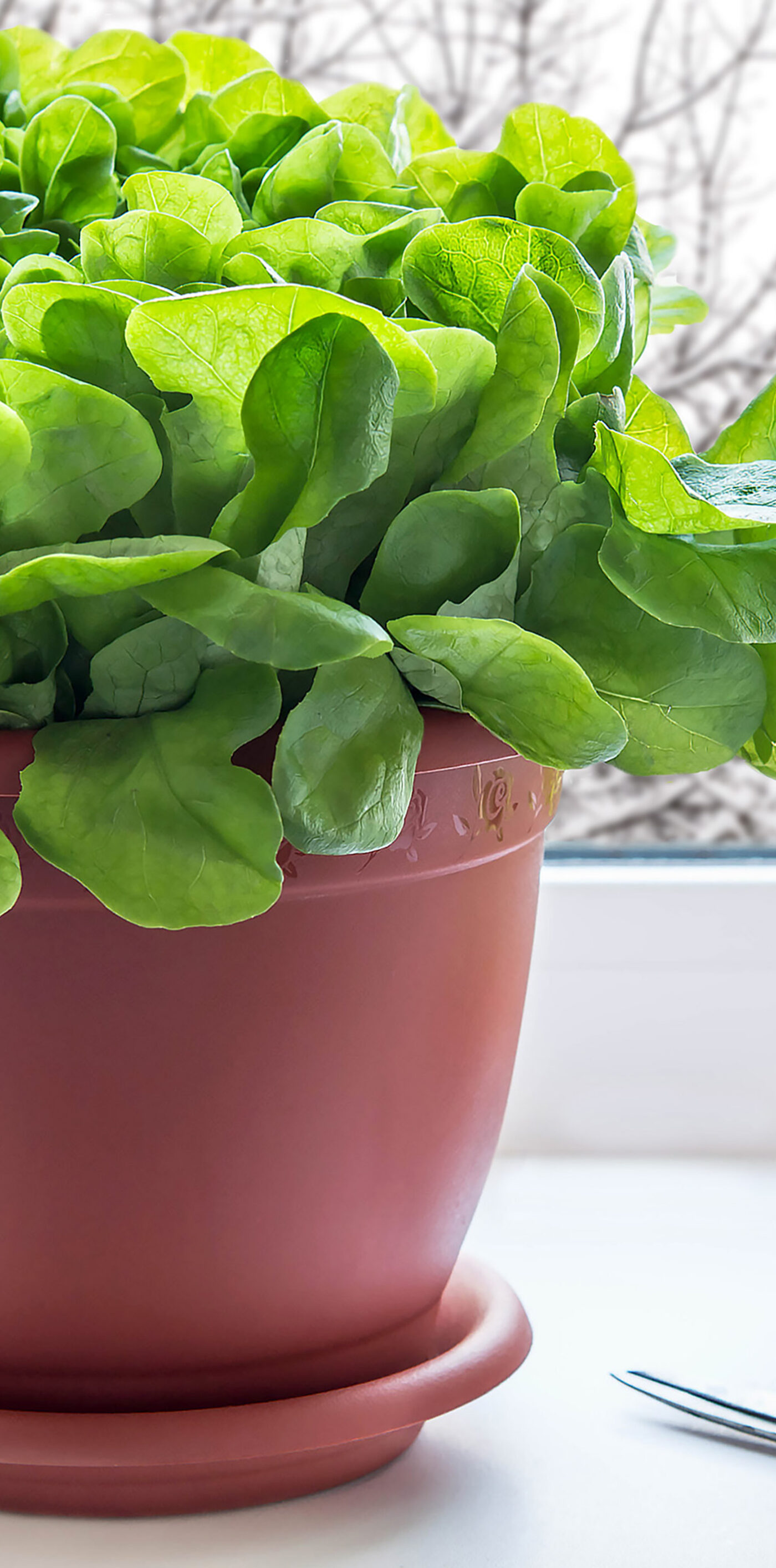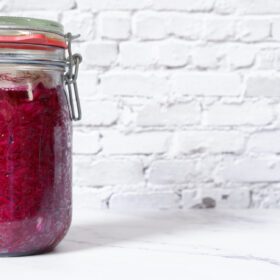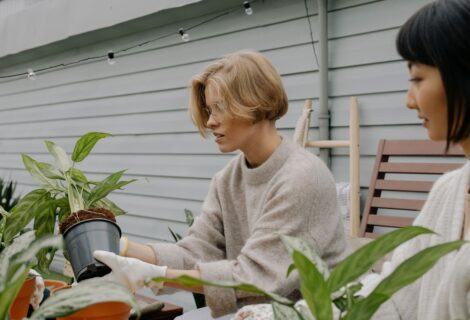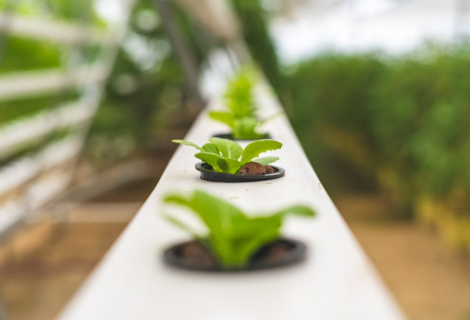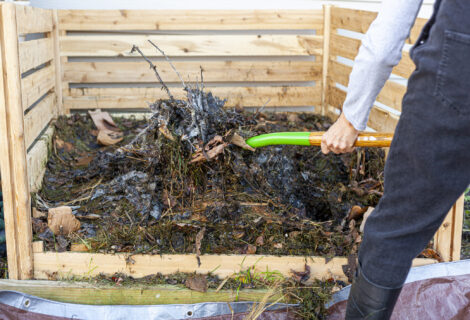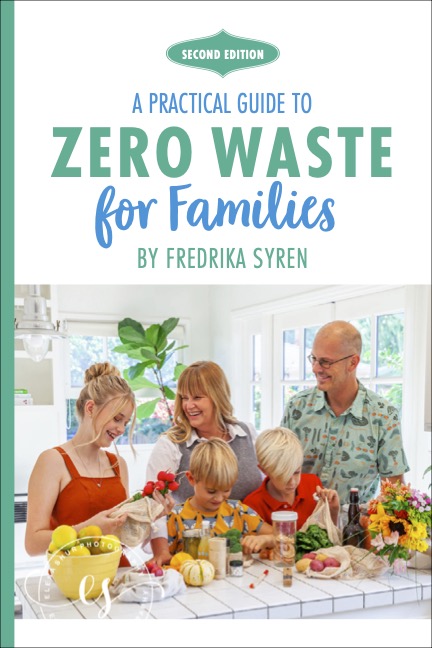Why You Should Grow Lettuce
Early on, my gardening mentor taught me the wisdom of growing what we eat. One plant we grow and eat abundantly is lettuce. Sometimes we eat large, lettuce-packed salads; other times, lettuce is a side salad, but boy—we sure eat a lot of lettuce!
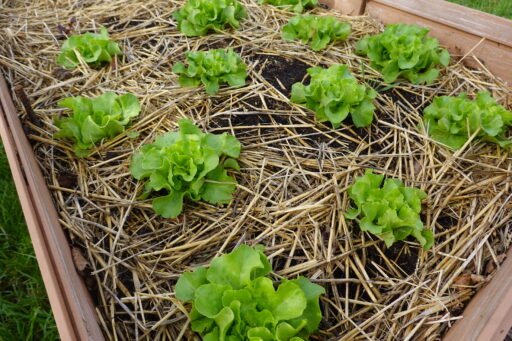
There are many benefits of growing your own lettuce:
- You will have access to fresh lettuce anytime.
- It’s easy to grow.
- Lettuce is fast-growing.
- It can be grown indoors or outdoors.
- A packet of seeds goes a long way! You can pick lettuce by the leaf so the plant keeps growing until it bolts.
- Lettuce is easy and fast to prepare since it does not need to be cooked.
- Lettuce is high in nutrients and low in calories.
- Store-bought lettuce is less healthy and has a higher carbon footprint.
- You can grow and eat more than one variety at a time.
Store-bought lettuce typically comes pre-washed in a solution and packed in plastic for extended freshness. Because of its rapid wilting after harvest, lettuce is one of the most wasted foods. Growing your own lettuce allows you to harvest as needed, even just a few leaves at a time. There’s no need to store lettuce and risk wasting it. We harvest a variety of lettuce leaves from our patio daily, adding texture and color to our salads.
Compared to other vegetables, lettuce is easy to grow. The two ways we grow lettuce are on your patio or indoors in an aquaponic in the window.
During our time in Sweden in 2015, we grew lettuce indoors. When we moved back to San Diego, we were able to grow lettuce year-round in our garden. Now that we’re back in Sweden, we plan to grow lettuce indoors again once the weather is cooler.
Indoor plants need more care than outdoor plants, partly because they are not naturally watered. The indoor environment is less conducive to plant growth; lettuces grown indoors are often smaller. During winter, you might want to invest in a grow light for your plants.
Here are some more tips:
- Make sure pots drain properly.
- Grow the vegetables in commercial planting soil or soil from their own compost.
- Use pots, old plastic trays, and jars as containers.
- Plants need as much light as possible. Be sure to place them in a sunny part of your home.
- Give your plants regular nutrition, preferably at every watering.
- Put infested plants in “quarantine” to combat pests.
- Harvest regularly, then sow new vegetation so you always have fresh plants in progress.
Growing Lettuce Outdoors
· Plant the seed indoors in spring, about 2-3 weeks before the last expected frost.
· Lettuce seeds germinate best in cool soil. Lettuce loves light, so plant in a location that receives direct sunlight for at least four to six hours or use a grow light. To sow, sprinkle seeds on top of the soil and cover with a light layer of soil. Lettuce requires compost-rich, well-drained soil and must be kept moist throughout its growing season. During the warm days, we always water our lettuce in the evening after the sun goes down to prevent the lettuce from drying out. Once the seedlings grow to about 2-3 inches tall, gently pull out the largest plants, leaving about 6-8 inches between the remaining plants so there is ample space for them to mature and grow.
· You can start harvesting leaf lettuce within 45 days of planting seeds. Pick the outside leaves first. This ensures the plant will continue to grow and mature for several cycles. Cut two inches from the base if you’re harvesting the whole lettuce plant.
· Once the lettuce bolts or goes into bloom, the plant will become bitter and should be removed and composted or given to a lettuce-eating pet.
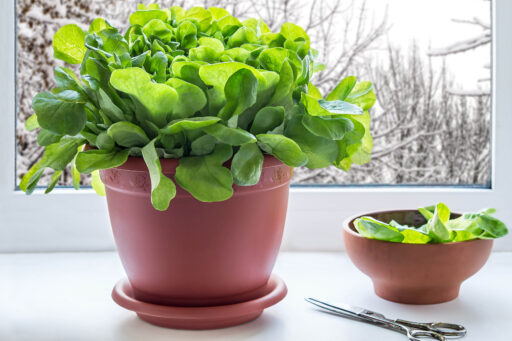
Growing Lettuce Indoors
I think indoor growing works best in an aquaponic pod like this or this or a hydroponic like this one we have tried. Using an aquaponic system is easy; they fit in small spaces, and you don’t need to have soil. Since lettuce needs full sun, it’s essential to grow light. Many aquaponic growing systems come with grow lights, but be sure to double-check before purchasing.
Types of Lettuce to Consider:
Cold Weather Lettuce
· Arctic King (green, semi-heading)
· Brune d’hiver (green, semi-heading)
· Rouge d’hiver (red, romaine-type)
· Buttercrunch (green, semi-heading)
· Four Seasons (red and green, semi-heading)
· Lolla Rossa (red, leaf lettuce)
· Royal Oakleaf (green, leaf lettuce)
Heat Tolerant Lettuce
· Black Seeded Simpson (green, leaf lettuce)
· Craquerelle Du Midi (green, romaine type)
· Red Riding Hood (red, semi-heading)
· Two Star (green, leaf lettuce)
Besides lettuce, we also love growing and eating other leafy green vegetables and you can read here my post about what greens we’re growing in fall. We also grow a lot of micro greens indoors and here is my post about that.


